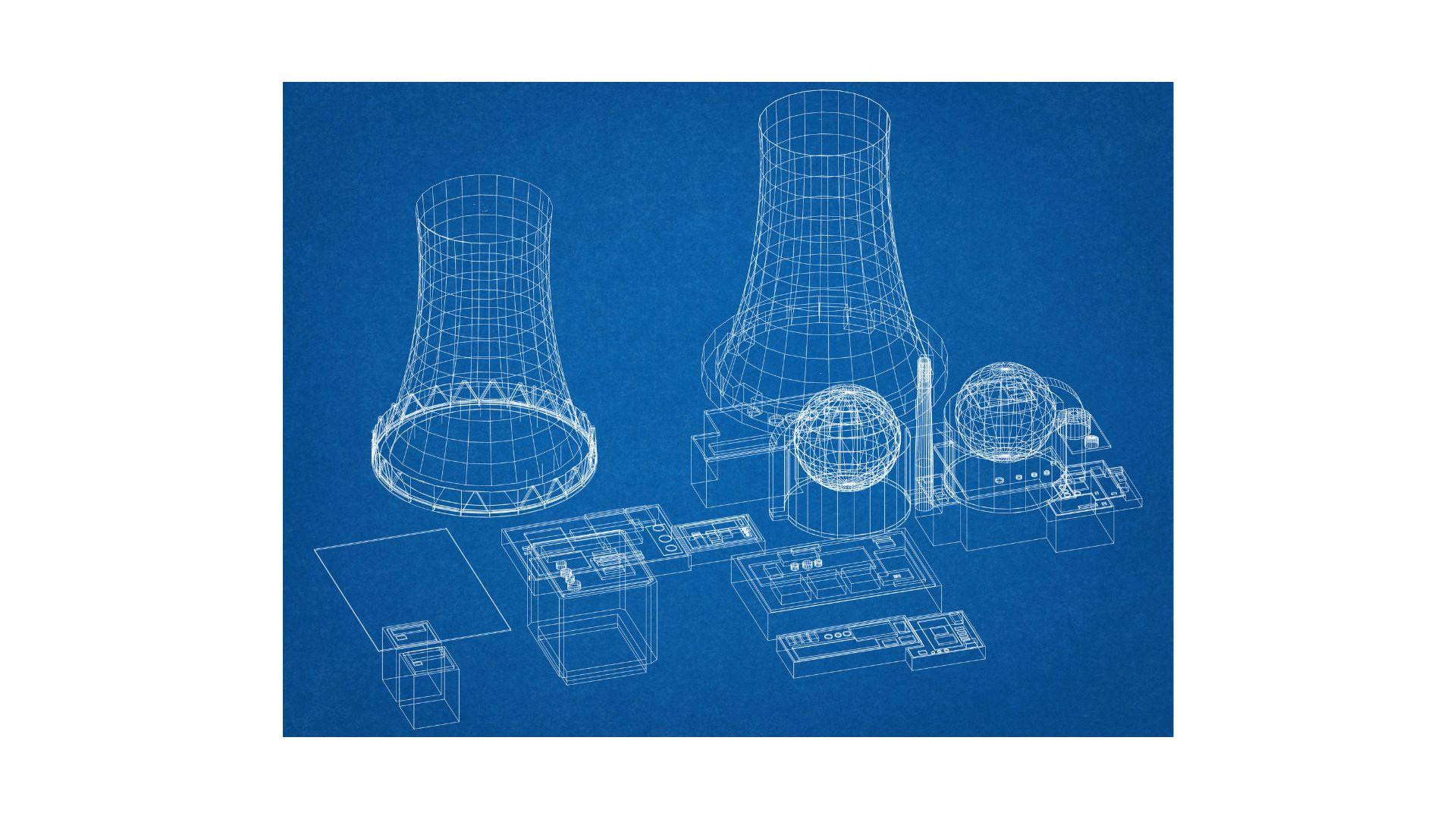The Silent Revolution: How Smart Technology is Transforming Industrial Air Movement

In the background of every modern industrial facility, a quiet revolution is taking place. Fans and blowers, the workhorses of thermal management and ventilation, are undergoing a dramatic technological transformation. No longer just simple motors moving air, these components are becoming integrated, smart systems equipped with sensors and connectivity. This shift is driven by the global push for energy efficiency, the demands of sensitive environments like data centers, and the need for predictive maintenance in complex industrial operations. The humble fan is being reborn as a key node in the Industrial Internet of Things (IIoT).
The scale of this technological upgrade is significant. According to Straits Research, the global fans and blowers sector was valued at USD 5.87 billion in 2024 and is expected to grow from USD 6.27 billion in 2025 to reach USD 10.62 billion by 2033, growing at a CAGR of 6.8% during the forecast period (2025-2033). This steady growth is fueled not by volume alone, but by the increasing value and sophistication of next-generation equipment designed to meet stricter energy regulations and operational demands.
Key Players and Strategic Innovation
The competitive landscape is populated by established industrial giants who are aggressively investing in R&D to stay ahead.
-
Greenheck Fan Corporation (USA): A leader in commercial and industrial air movement, Greenheck has focused on developing highly efficient fans for HVAC applications. Their recent updates include the integration of advanced aerodynamic designs using computational fluid dynamics (CFD) to minimize energy consumption while maximizing airflow, a critical factor for large buildings seeking LEED certification.
-
ebm-papst (Germany): Renowned for its high-quality EC (Electronically Commutated) motors, ebm-papst is at the forefront of the shift to intelligent, connected fans. Their recent strategy involves embedding sensors in their fans that can monitor performance metrics like vibration and temperature, transmitting data to building management systems for proactive maintenance.
-
Systemair AB (Sweden): A global ventilation specialist, Systemair has made significant strides in energy recovery ventilation (ERV) systems. Their recent launches focus on modular fan units that can be customized for specific applications, from quiet office ventilation to harsh industrial environments, all controlled by smart, cloud-connected platforms.
-
Ziehl-Abegg (Germany): This company is known for its innovation in fan blade design and motor technology. Their recent developments include fans inspired by biomimicry, such as blades modeled on owl wings for significantly reduced noise levels, which is a major selling point for hospitals and residential buildings.
-
International Developments: In China, manufacturers like Nanfang Ventilator are experiencing massive growth, producing cost-effective fans for the country's vast infrastructure and industrial base. In the Middle East, the extreme climate drives demand for heavy-duty, corrosion-resistant cooling fans for the oil and gas industry, with companies like FlaktGroup holding a strong presence.
Trends Reshaping the Air Movement Industry
The industry's evolution is being guided by several powerful, interconnected trends.
-
The Dominance of EC Motor Technology: The transition from traditional AC motors to highly efficient EC motors is the single most important trend. EC motors offer variable speed control, which can reduce energy consumption by up to 50% compared to single-speed fans, and they integrate seamlessly with digital control systems.
-
IIoT Integration and Predictive Maintenance: Modern fans are being equipped with sensors that allow them to be part of the IIoT. This enables facility managers to move from reactive repairs to predictive maintenance, scheduling service only when performance data indicates a potential failure, thus avoiding costly downtime.
-
Focus on Noise Reduction: As fans are used in more environments close to people, acoustic performance has become a key differentiator. Manufacturers are investing in advanced sound-dampening materials and aerodynamic designs to meet stringent noise regulations and improve occupant comfort.
-
Customization and Application-Specific Designs: The one-size-fits-all approach is fading. There is a growing demand for fans specifically engineered for unique applications, such as high-static pressure blowers for server racks, explosion-proof fans for chemical plants, and corrosive-resistant fans for wastewater treatment facilities.
Recent News and Industry Movements
The sector is active with partnerships aimed at sustainability. A recent collaboration between a major European fan manufacturer and a data center operator resulted in a custom cooling solution that reduced the facility's total energy consumption by 15%. In other news, a new international energy efficiency standard for commercial fans has come into effect, pushing manufacturers to phase out less efficient models and accelerating the adoption of EC motor technology across the board.
(Summary Intro Paragraph)
In conclusion, the fans and blowers industry is demonstrating that even the most fundamental industrial components can be reimagined through technology. Its shift towards intelligence, connectivity, and ultra-efficiency is critical for reducing the global energy footprint of buildings and industries. The future of air movement lies in silent, smart, and self-monitoring systems that contribute to both operational excellence and environmental sustainability.
- Art
- Causes
- Crafts
- Dance
- Drinks
- Film
- Fitness
- Food
- Games
- Gardening
- Health
- Home
- Literature
- Music
- Networking
- Other
- Party
- Religion
- Shopping
- Sports
- Theater
- Wellness


